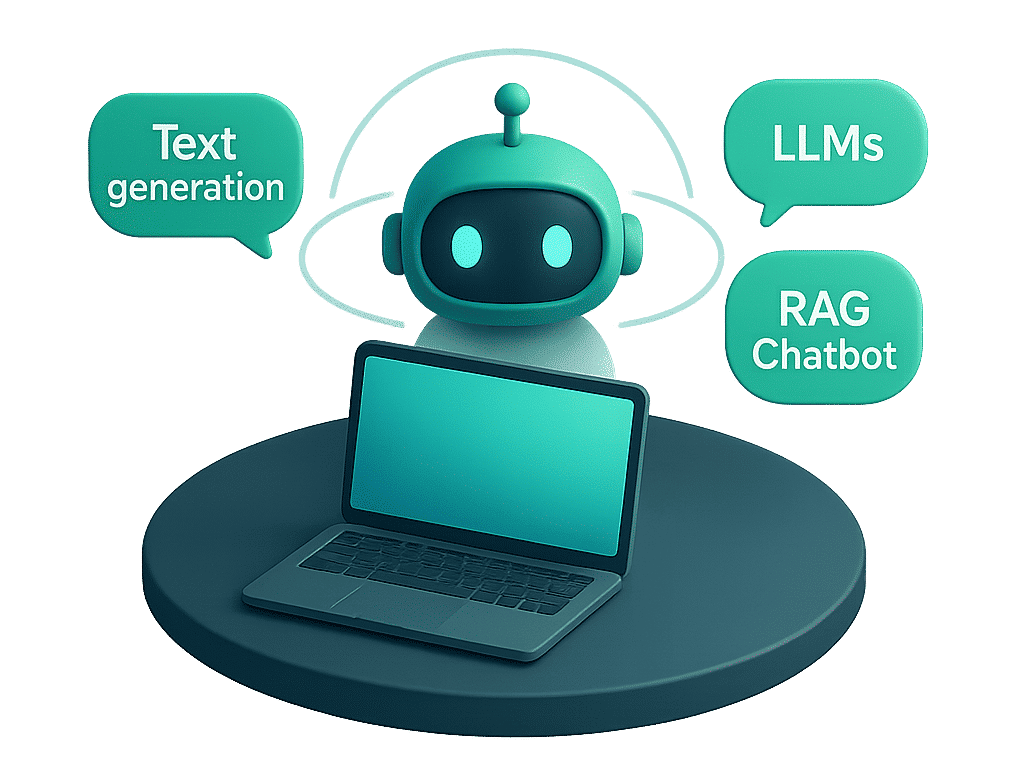Your Fast-Track to AI Engineering
Build job-ready skills—from ML foundations to production-grade transformers and LLMs—in a single comprehensive program
- Structured Learning Path — AI concepts distilled into clear, actionable lessons
- End-to-End Workflow — build, train & deploy models like a pro
- Hands-On Projects — solve real business problems the AI-engineer way




